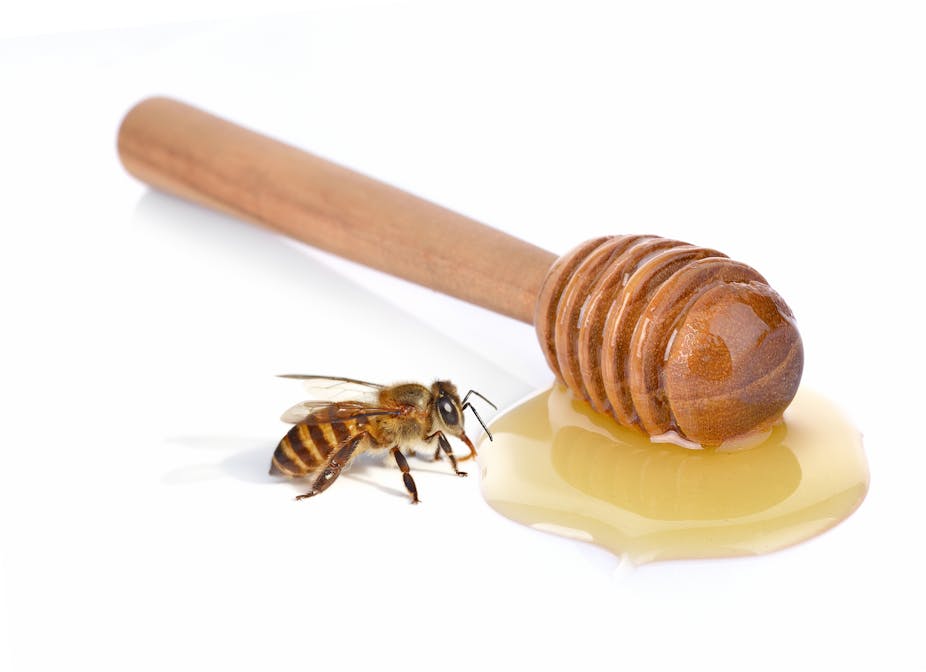It’s hard to pin down what makes one press release, statement or event more newsworthy than the next. Journalists use differing sets of news values to decide whether they’re interested in a specific story and must then convince their editors, whose titles face increasing competition in an information rich world.
Scientists must remember this when they consider public engagement. These researchers may believe they know what science news matters most and should be communicated. Then they’ll be dismayed at the muted media reaction to some news releases that they deem important – and equally surprised when a story they didn’t consider “big news” goes viral.
Scientists, research organisations and society at large all benefit from fruitful interactions between scientists and journalists. My own research has showed that scientists are motivated to work with the media once they experience a mutually beneficial relationship and some of the benefits of public engagement. But when an interview goes wrong or research is presented incorrectly they may shy away from future media interactions.
So, is there an art – or a science – to figuring out what stories will soar from the lab to the front page? Here are some ideas and lessons drawn from a story that soared: a curious tale of honey fraud that captured media imaginations and left researchers with the sweet aftertaste of success.
A honey trap of a story
In early March 2017 Stellenbosch University issued a press release about a group of its researchers who developed a method to detect whether honey fraud is a problem in South Africa. This method can test whether local honey has been diluted with sugar syrup or mixed with cheaper imported honey.
Food science researcher Professor Marena Manley was a member of the group. For days after the press release, her phone didn’t stop ringing. But most journalists weren’t asking about the method. They were more interested in the scale of honey fraud in South Africa. She was also contacted by members of the food industry and members of the public who wanted to send in samples for testing.
“I was basically on the phone for three days doing radio interviews and answering questions from print journalists, journal editors, producers and industry looking for more detail,” Professor Manley told me. “I even spoke to the BBC.”

Judging the story from the point of view of news values in science, it’s clear that a combination of the terms “food” and “fraud” in one story is likely to elicit a strong reaction. People care deeply about what they eat. They hate the idea of being misled by the industry and conned by incorrectly labelled food products.
“As researchers we often investigate issues from a purely academic perspective, but we should remember that the industry and public want real life answers and solutions – especially when the integrity and safety of food is at risk,” Manley said.
Very few South Africans will have forgotten the meat scandal of 2013 which followed another piece of Stellenbosch University research and revealed the extent of fraudulent food labelling. This followed shortly on the heels of a similar horse meat furore in the UK.
There have also been food fraud controversies related to research about the quality and origin of olive oil and the mislabeling of fish products.
Hitting the headlines
Of course, not all scientific research centres on food or food fraud. Other stories from South Africa that have made global headlines in recent years include the discovery of a new species of human ancestor; the first successful human penis transplant and findings about declining numbers of great white sharks. These stories made front page news because they tap into our curiosity about human origins, our fascination with unusual medical advances and our concerns about losing iconic wildlife species.
But Professor Manley’s experiences offer several lessons to scientists across the board. Her advice – which echoes that offered by leading science communication experts – includes:
Make sure the press release is clear and accessible, with as little jargon as possible. It should be written in a way that minimises the risk of misinterpretation or misunderstanding.
Include relevant facts and figures – for example, in this case, on the scale of honey production in South Africa vs honey imports. She suggests adding information about the financial implications if this is possible.
Give credit to co-workers, funders and industry partners to reflect the collaborative nature of the research and increase the network of people who will share and use the story.
Get help from your institution’s media staff. They should be able to “predict” how journalists may respond to a particular press release so you can prepare appropriate responses. You could also pre-test the news on friends and family and see how they respond. This may give you a good idea of the general public’s questions.
Make sure you have relevant key messages ready for each audience: think of the most important messages for industry members, bee farmers and honey consumers. Write these messages down before you do an interview and make sure you talk about them as early as possible during the interview. This is particularly important when you are doing a live radio or TV interview which may be very brief.
Have high resolution visuals ready for the media that could illustrate the product (in this case, honey), as well as the research (the instrumentation, people busy testing honey, and so on).
Provide all hour contact details to the media and be available when they want to interview you even if it means getting up early morning or staying up late to do an interview.

